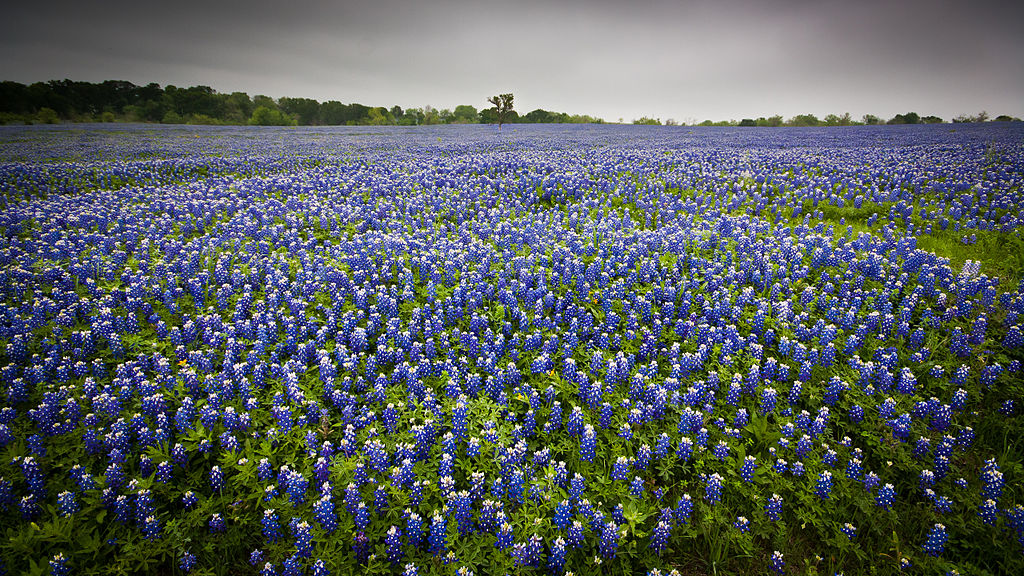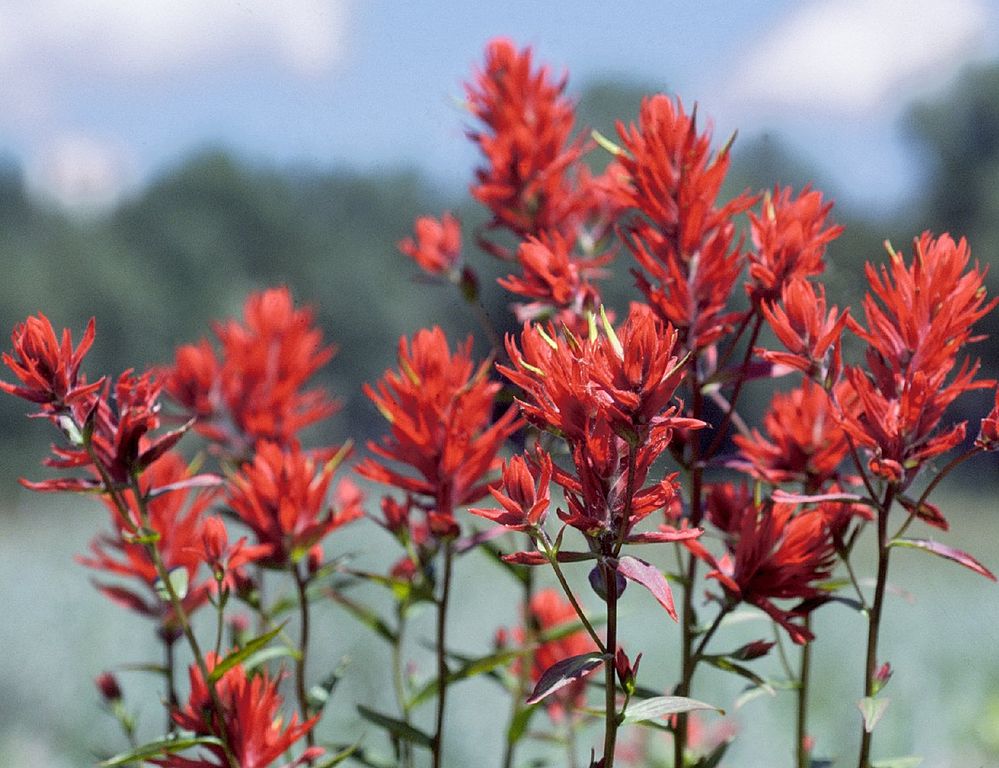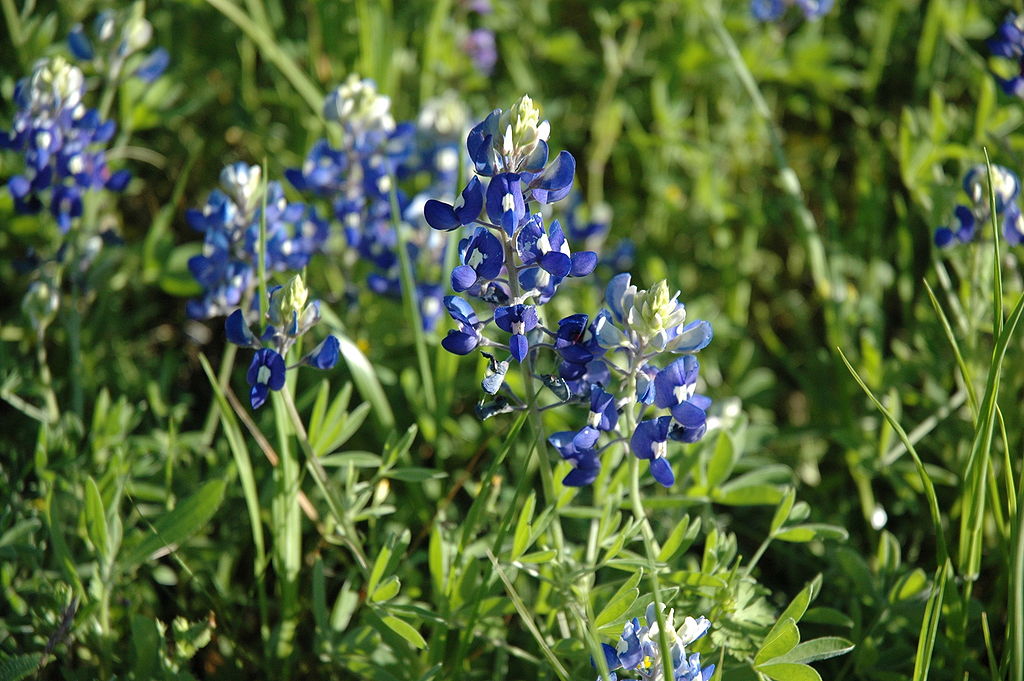Texas Native Plants That Add Curb Appeal to Your Home
Posted by Brad Pauly on Monday, June 27th, 2016 at 2:26pm.

Photo from Wikimedia Commons
At Pauly Presley Realty, we're always looking for the best ways to improve your home's appeal. In Austin, we're lucky enough to have many species of greenery that make gorgeous additions to both a front and back yard. Here are our favorite Texas native plants, both for their beauty and for their function in your landscape!
American Beautyberry

Photo by Virginia State Park Staff on Flickr.
The American Beautyberry (Callicarpa americana) is perhaps the most versatile native plant on our list. Included because of the fruit's unique purple hue, along with the fitting name, Beautyberry plants act as great decorative shrubs in yards, and provide other topical benefits. For example, the leaves of American Beautyberry plants can be crushed or boiled to make a very effective mosquito and insect repellent. The berries are edible, both by animals and humans. Beautyberries can attract a variety of birds, so if you're fond of aviary wildlife, they might serve you well in your yard!
Can Humans Eat Beautyberries?
The berries of Callicarpa americana are not poisonous. Humans can consume raw berries in small amounts, but may experience a very dry mouth if consumed in larger quantities. They are highly astringent, which saps moisture from your body tissue, resulting in dry mouth. Beautyberry Jelly is a great way to make the berries more edible. When made into jelly, the result is sweet to the taste, and without the astringent qualities.
Indian Paintbrush Flowers

These flowers (Latin name Castilleja after the Spanish botanist Domingo Castillejo) are found throughout the United States. In central Texas, you'll be able to spot the bright red in stark contrast to the green landscapes along highways and scattered through the countryside. You can even plant paintbrushes in your yard - though they typically require a grassy plant to grow in tandem with. Indian Paintbrushes are vibrantly red, and often grow alongside some of central Texas' other famous wildflowers to create beautiful palettes of green, blue, pink, white, and red. In addition to a beautiful color, this plant also contributes greatly to the butterfly population. Some species of butterfly larvae feed exclusively on Indian Paintbrushes. The petals of the plant are also suitable for human consumption, and can provide health benefits similar to garlic when consumed. In contrast, the greenery (leaves and stems) of these flowers absorb selenium from the soil, which is toxic when consumed. As long as you avoid the greens, however, you can follow in the tradition of Native Americans, and use the petals as a garnish or condiment.
Live Oak Tree
Photo from Wikimedia Commons
Quercus virginiana, the Live Oak tree is an imposing and striking landmark among Texas native plants. It is called the "Live Oak" because of the similarity it bears to evergreen trees, this oak is well-known to many Texans as hardy, shady, and monumental in size. Adding a Live Oak tree to your yard does require some work, but ultimately has more payoff than any other plant on our list. Live Oak trees are not truly evergreen trees. They do shed leaves in winter, but almost immediately grow new leaves - much faster than other deciduous trees. The almost year-round leaf canopy of this tree does add to its beauty in all seasons. Though the leaves are not particularly colorful, the Live Oak makes our list of beautiful Texas native plants because of its impressive contribution to horizons and landscapes across the state.
Texas Bluebonnets

Photo by Vicki Mitchell on Flickr.
Lupinus texensis or "Texas Bluebonnets" are the state flower of Texas, and are recognized across the country for their rich, deep blue. Lucky for Austin residents, these beautiful blue flowers grow in large numbers across the countryside without much need for tending. Wild mutations of "Blue" bonnet flowers can also appear in white, pink, maroon, and other colors. You can even grow these beautiful flowers in your yard! The Lady Bird Johnson Wildflower Center here in Austin has provided an excellent guide on planting bluebonnets.
Is it Illegal to Pick Bluebonnets in Texas?
Contrary to urban legend, picking Bluebonnets in the state of Texas is not illegal! Unless you remove them from state or private property, it's not against the law. Most advise against this practice, however, since it's often difficult to be sure that the land you're picking flowers from is actually public property. In addition, though Bluebonnets are technically "wildflowers," they don't grow in the large numbers Texans are used to without being deliberately seeded. In short: picking Bluebonnets means they're not available for others to enjoy, and won't grow back without costly seeding later. We'd recommend you stick to taking pictures - as many as you like! As always, Pauly Presley Realty is here to help you find the Austin home of your dreams. Maybe now you'll have a wishlist of Texas native plants to go along with your home. And if you're looking to sell, we're confident that having some of these gorgeous central Texas plants will draw prospective buyers in.

